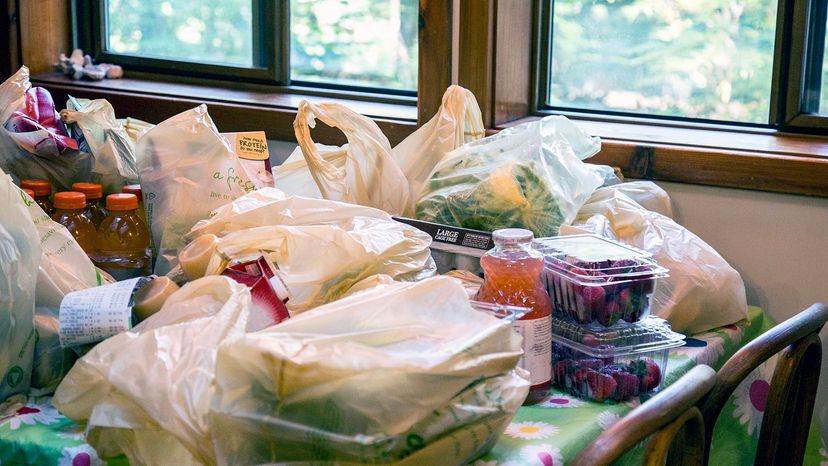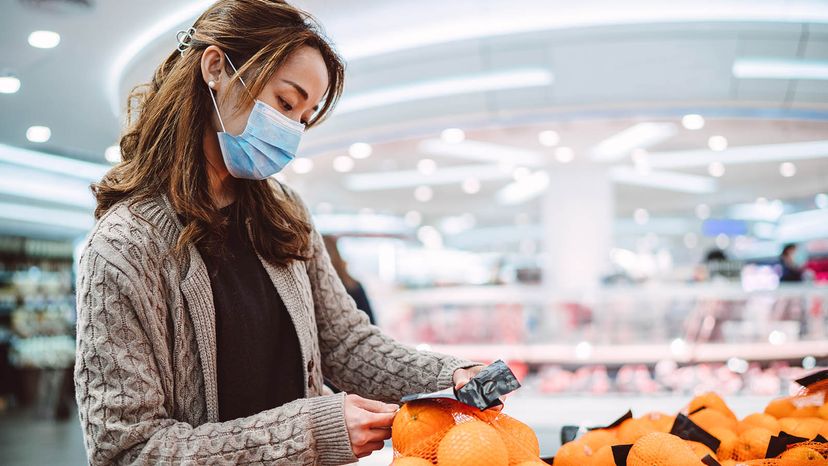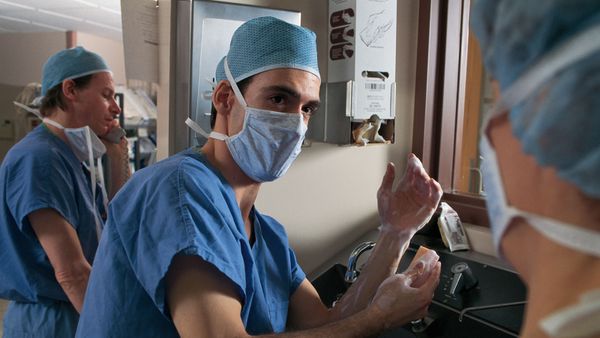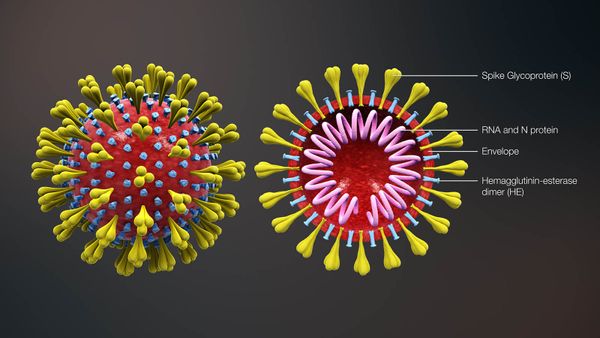
Wash your hands has become the mantra of 2020. And we've all heard about the importance of cleaning and sanitizing surfaces. But once you've made your home a haven for sheltering in place, how do you bring new items into your sanitized safe zone? We still have to eat and get essentials, after all, so how do we get those groceries, takeout meals and mail-order products inside and ensure we do it safely?
Concern over how to do just that led one physician, Dr. Jeffrey VanWingen, to record a video about how to properly sanitize groceries and other food items once you bring them inside your home. After VanWingen uploaded the video to YouTube, it quickly went viral — receiving more than 17 million views in just a few days — and sparked discussion among experts who have helped the Grand Rapids, Michigan, family physician make updates.
Advertisement
"I'm glad I stirred the pot in that way," he says. "As a primary care physician, my focus is on prevention. I really think it's important for people to do the best they can to not contract COVID-19." That's because each person who gets it, statistically infects two or three other people.
"Things are evolving," VanWingen says. "We're becoming more aware, and we're trying to share best practices." One of those practices is to think of your groceries as just another surface that has to be sanitized.
Advertisement



